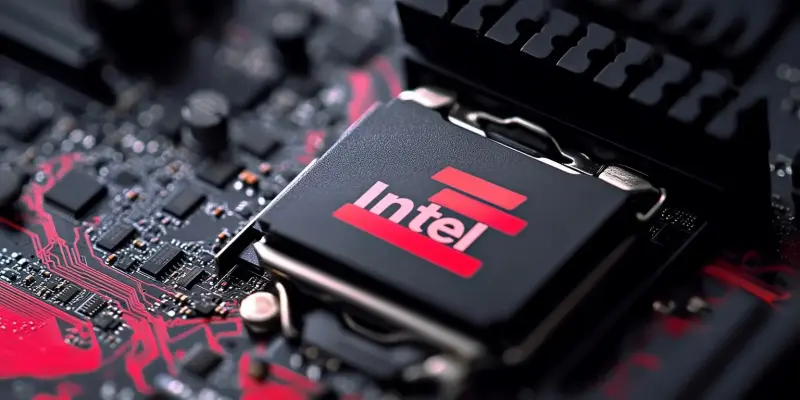Intel and MSI have recently taken a significant step aimed at optimizing gaming experiences with the release of the Intel Planned Release 5 (PR5) BIOS updates for certain MSI Z890 motherboards. Designed with a focus on performance enhancements for gaming, these updates are particularly relevant for those using Intel Core Ultra Series 2 processors. Specifically, the PR5 BIOS update features Microcode 0x114 and ME Firmware 19.0.0.1854 v2.2 and has been rolled out for two MSI models – the MEG Z890 ACE and MPG Z890 Carbon WiFi. Gaming enthusiasts and tech reviewers alike have been anticipating the capabilities of these updates.
MSI’s move to update BIOS regularly underscores both companies’ commitment to continuous improvement. Notably, the enhancements aim to address performance and stability concerns in gaming. However, despite the positive intentions behind these updates, the impact on gaming performance remains inconclusive. Initial independent reviews have shown mixed results, casting doubt on whether the updates live up to the high expectations set by Intel Core Ultra 200 chips. Users have reported only modest gains in gaming benchmarks, which has led to a guarded reception of these updates.
This skepticism largely stems from the limited distribution of the updates, as only a couple of MSI motherboard models have received them so far. The mixed feedback highlights the inherent challenge in demonstrating substantial gains in real-world gaming performance through BIOS updates alone. This situation points to a broader trend within the tech community where lofty promises often meet cautious optimism. It underlines a recurring theme: while technology companies promise significant advancements, the actual user experience may vary, leading to tempered expectations.
In summary, while the Intel PR5 BIOS updates introduced by MSI indicate an ongoing effort to refine and boost the performance of Intel chipsets, their real-world impact in terms of gaming enhancement is yet to be definitively proven. These updates are a part of Intel’s broader strategy to improve user experiences systematically, but users are advised to manage their expectations regarding immediate gains. As the tech world evolves, it would be wise to anticipate further updates that could potentially bring more tangible benefits in the future.

